Director Rory Kennedy on making The Volcano: Rescue From Whakaari
We speak to the Oscar-nominated director Rory Kennedy on her new documentary covering the deadly eruption of Whakaari
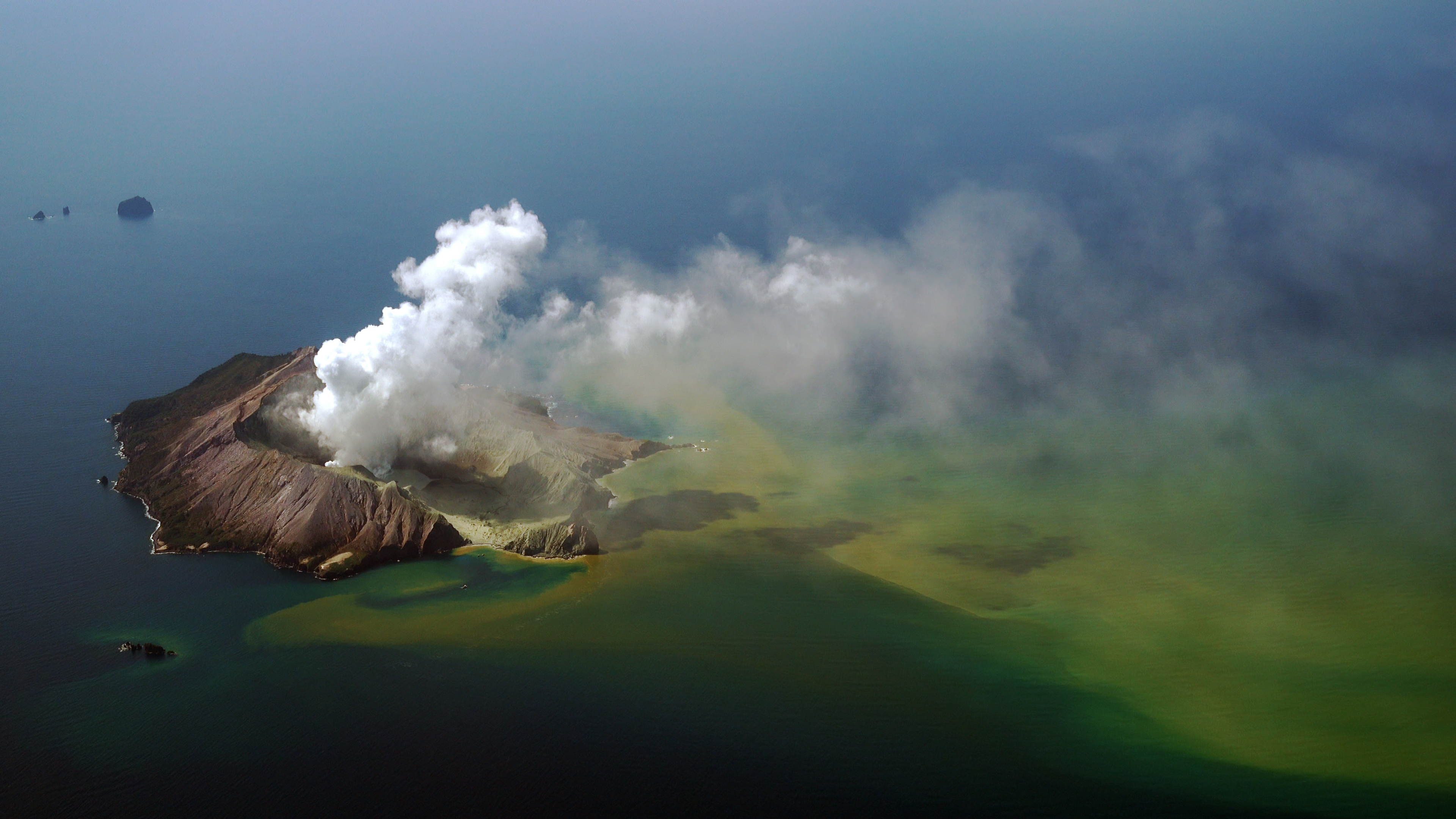
On December 9, 2019, Whakaari/White Island erupted in the South Pacific. The stratovolcano lies 30 miles off the coast of New Zealand’s North Island and is just the peak of a much larger submarine volcano. The small island has been built up by continuous volcanic activity over the past 150,000 years, so an eruption in itself wasn’t necessarily newsworthy, except for the fact that 47 people were on the island at the time, having sailed or flown by helicopter from the mainland for the privilege of hiking a volcano. This fact turned it into a catastrophic event – 22 people died that day, with the remaining 25 requiring treatment for serious injuries, while the ongoing volcanic activity hampered rescue efforts for over a week.
It’s the type of event that news outlets usually live for, breathlessly tallying up fatalities while drone footage of the smouldering aftermath scrolls behind them. But it was December 2019 – Australia was on fire, Brexit was looming, and within weeks the world was in lockdown, and thus the devastating news was quickly eclipsed. If it wasn’t for American documentary filmmaker Rory Kennedy, the story might have been lost but to the memories of the 25 survivors, their families and the rescue services, but her gripping new Netflix film The Volcano: Rescue from Whakaari serves to bring the tragedy back to the forefront of the collective imagination.
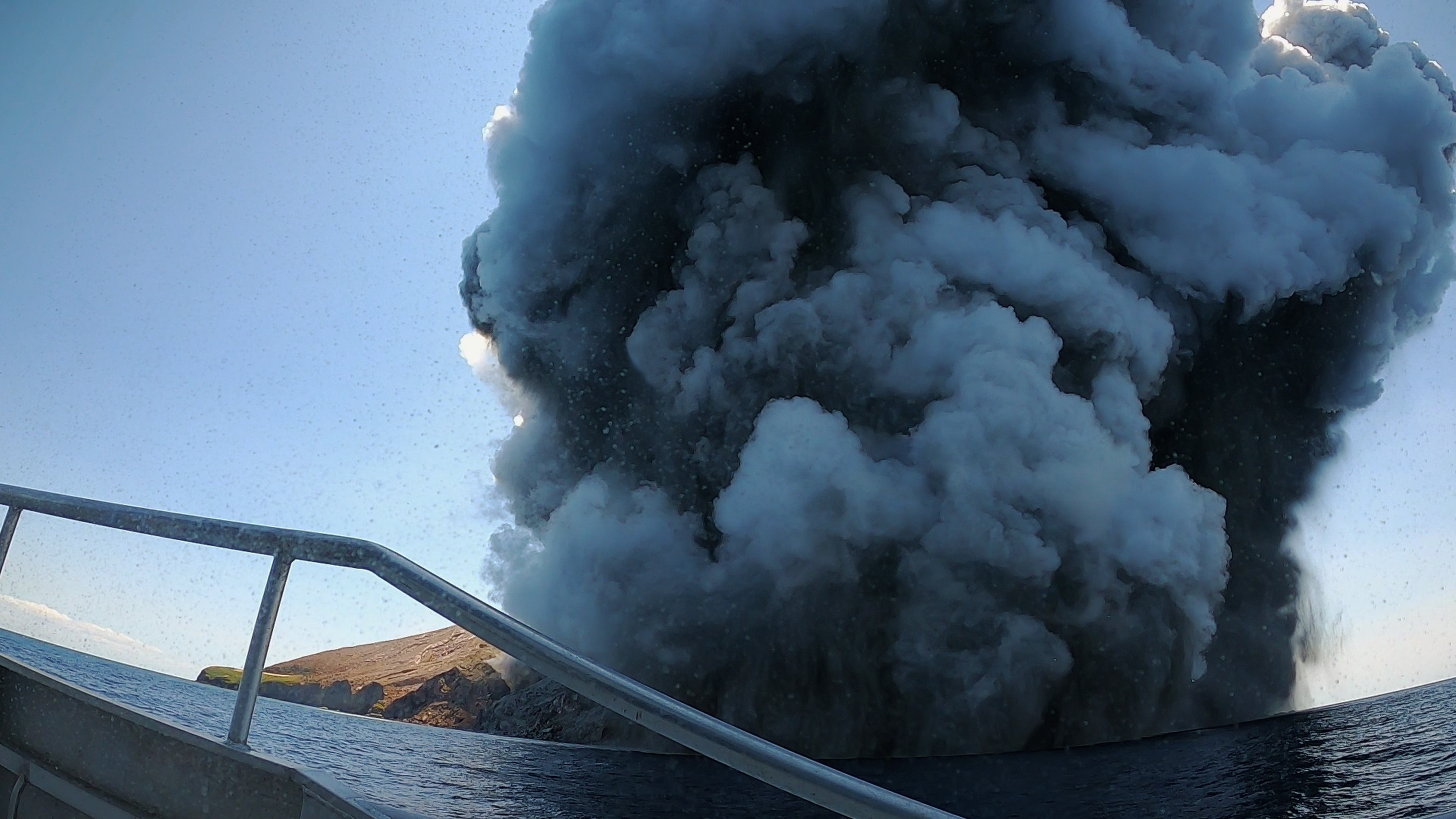
“I could not believe that this event was not more widely known and felt very strongly that it needed to be – that the survivors, the victims, the victims’ families, and the community deserved to have their stories told,” Kennedy tells Advnture.
Kennedy herself learned of the event via an in-depth article by the journalist Alex Perry. The daughter of the late senator Robert F Kennedy, she has directed scores of documentaries spotlighting pressing social issues from the AIDS pandemic to the Abu Ghraib prisoner abuse scandal. Consequently, her films are rarely easy to watch, and The Volcano is no departure on that front, but she told us that she felt a lot of hope as a result of interviewing the survivors about their experience, something she hopes her viewers will find too.
“I think you will find that the survivors are absolutely remarkable, as were the rescuers. Speaking to them was a chance to stand beside real courage and resilience and selflessness. It is just astounding to see up close what human beings are capable of – and it really makes you believe in the power of human connection.”
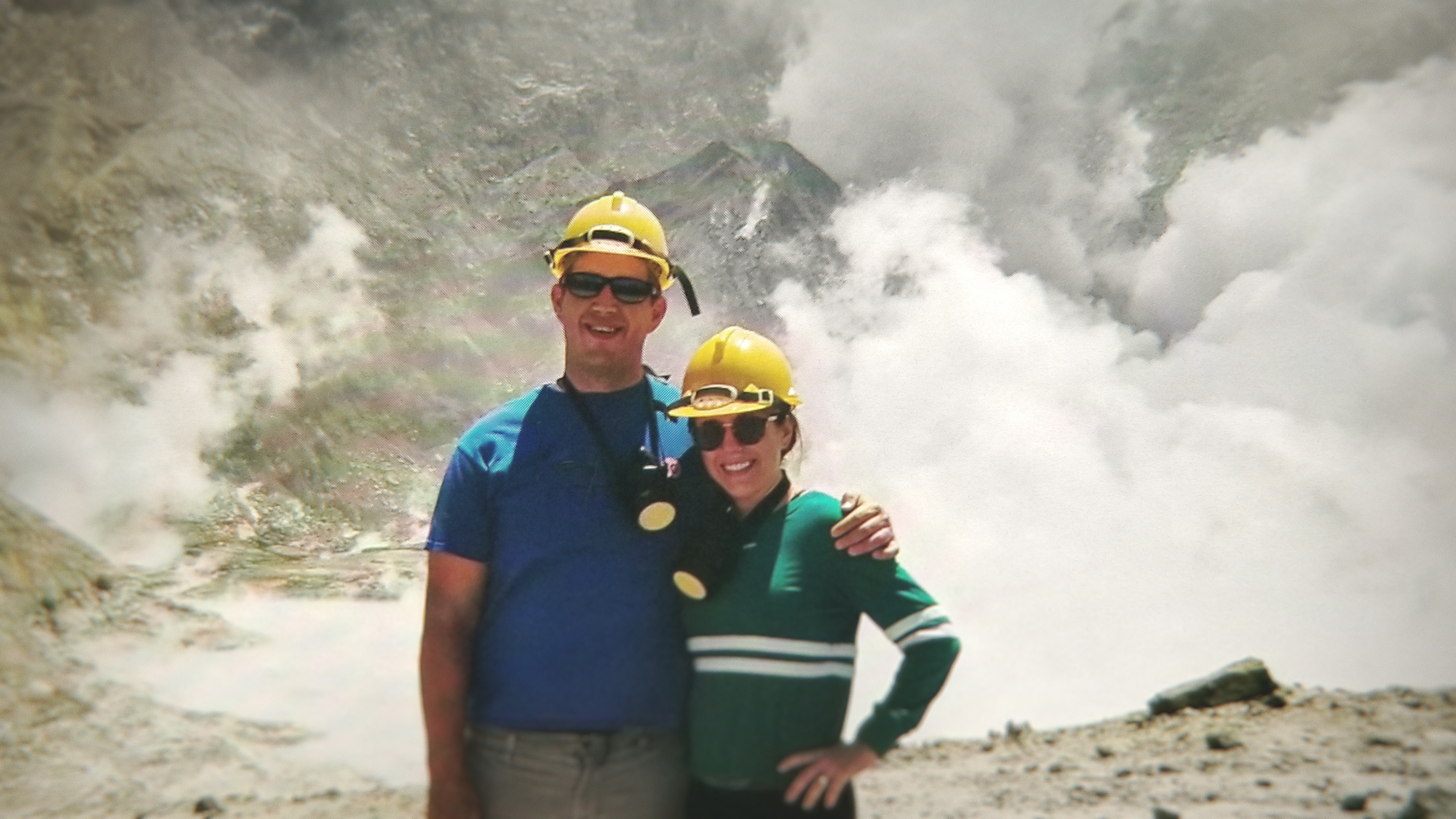
The film is largely made using footage shot by survivors and other tourists who were on a boat near the island, interspersed with atmospheric aerial shots and narrated by survivors such as an American couple on their honeymoon, a New Zealand pastor and his daughter and the tour guides that took them out that day. For the first half hour, the viewer is treated to the stunning scenery that has made this island a popular tourist destination for decades, and scenes of the tourists hiking up toward the volcano’s rim. Peaceful zone footage shows plumes of white steam and gentle bubbling pots that cover the fertile green slopes of an island that seems to float in sapphire waters. The suspense builds as the survivors describe learning that the volcano had erupted once every three years for the past six years, and the danger level had recently been elevated, all somehow made more ominous by the picture-perfect day.
With the eruption, the narrative quickly turns tense and then gut-wrenching, leaving some to wonder why anyone would want to watch such a tragedy unfold. For Kennedy, who told us she felt a sense of obligation to those impacted, this film can serve as an important lesson to those of us who are drawn to adrenaline-focused activities in the outdoors.
All the latest inspiration, tips and guides to help you plan your next Advnture!
“Everyone is different. For viewers who might be drawn to adventure sports, I like to think that the film reinforces a lesson they already know – that risk is real. The decision to partake in an experience may be yours to make, but make it with your eyes wide open. Nature is powerful, unpredictable, and ultimately indifferent to you.”
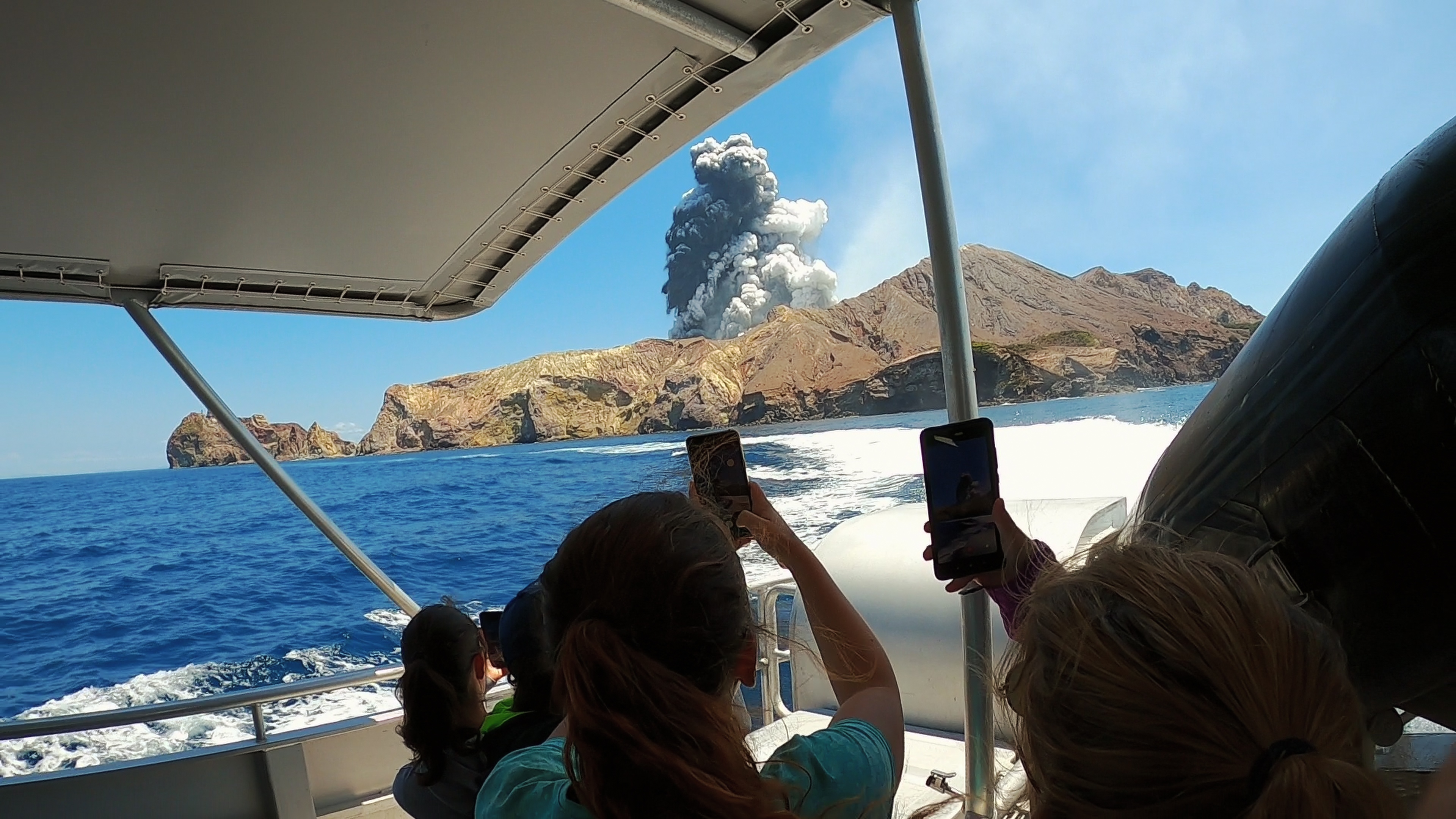
For her own part, she says she had personal reasons for being drawn to the subject too, having lived through the 2018 Woolsey fire, a wildfire that burned 96,949 acres and killed three in Los Angeles.
“While the fire paled in comparison, having had to emergency evacuate with my family and losing over 400 homes in our community to the flames, I was left with a keen sense of vulnerability, the awareness that something profound had happened – the feeling that despite our best efforts to control the world around us, events like these were reminding us of Mother Nature's unbridled power, as well as our harmful impact on the planet.”
Perhaps because the film focuses entirely on the survivors’ direct experience of the day, it feels both stunningly intimate and especially difficult to watch, a directorial decision that Kennedy says she didn’t take lightly.
“From the start, I was keenly aware of my outsider status and the fact that I was approaching an incredibly sensitive subject from a great distance. We also understood many of our contributors were still processing this recent tragedy. It was difficult, and rightly so, to earn peoples' trust, and once we had, we felt an enormous sense of responsibility. It was a bit daunting.”
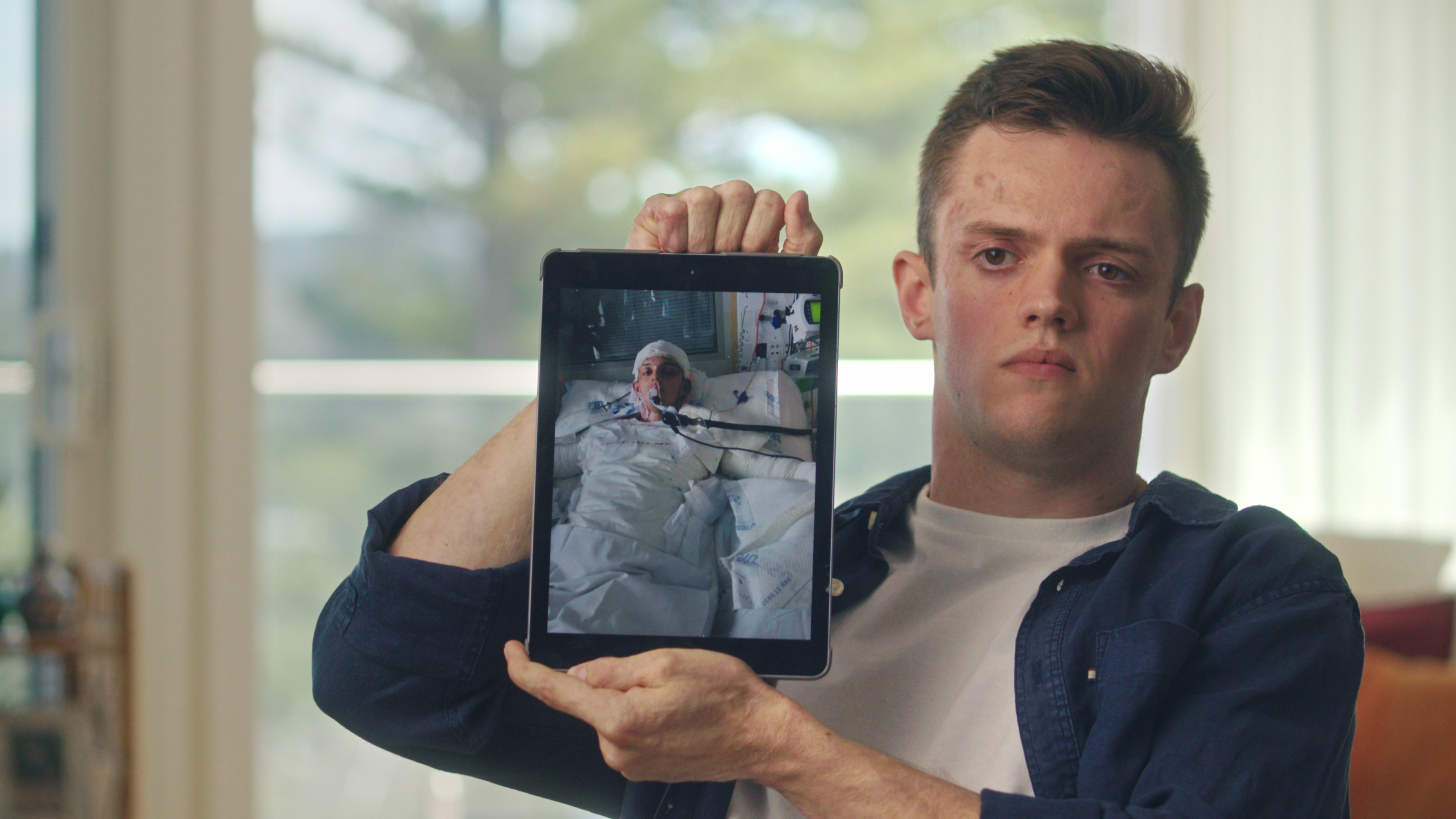
There’s no doubt that there’s more to this story than is told in this film: how these people could have been handed brochures inviting them to “get close to the drama” when the danger level had recently increased, the geological underpinnings of the event, the economical consequences for the locals who relied on leading the trips to the island or why it took government agencies so long to reach the survivors. But the Oscar-nominated director said the choice to narrow the narrative down to the first-person experience was intentional.
“Sometimes with a film, when you try to do too much, you diminish its clarity, muddy its intention and end up diluting its power,” she explains, adding that she believes there is likely a great film in the story about the various agencies who may or may not have failed in their responsibilities. But the film she set out to make was to tell the stories of those who experienced it.
“People who were tested in the most extreme ways – survivors and rescuers alike who discovered in a flash they possessed an often-unseen level of courage and the ability to persevere.”
For those of us who live for adventure, whether you choose to watch this film out of geological or human interest, it will make you think harder about the risks you take when you go into the wild.
Julia Clarke is a staff writer for Advnture.com and the author of the book Restorative Yoga for Beginners. She loves to explore mountains on foot, bike, skis and belay and then recover on the the yoga mat. Julia graduated with a degree in journalism in 2004 and spent eight years working as a radio presenter in Kansas City, Vermont, Boston and New York City before discovering the joys of the Rocky Mountains. She then detoured west to Colorado and enjoyed 11 years teaching yoga in Vail before returning to her hometown of Glasgow, Scotland in 2020 to focus on family and writing.

